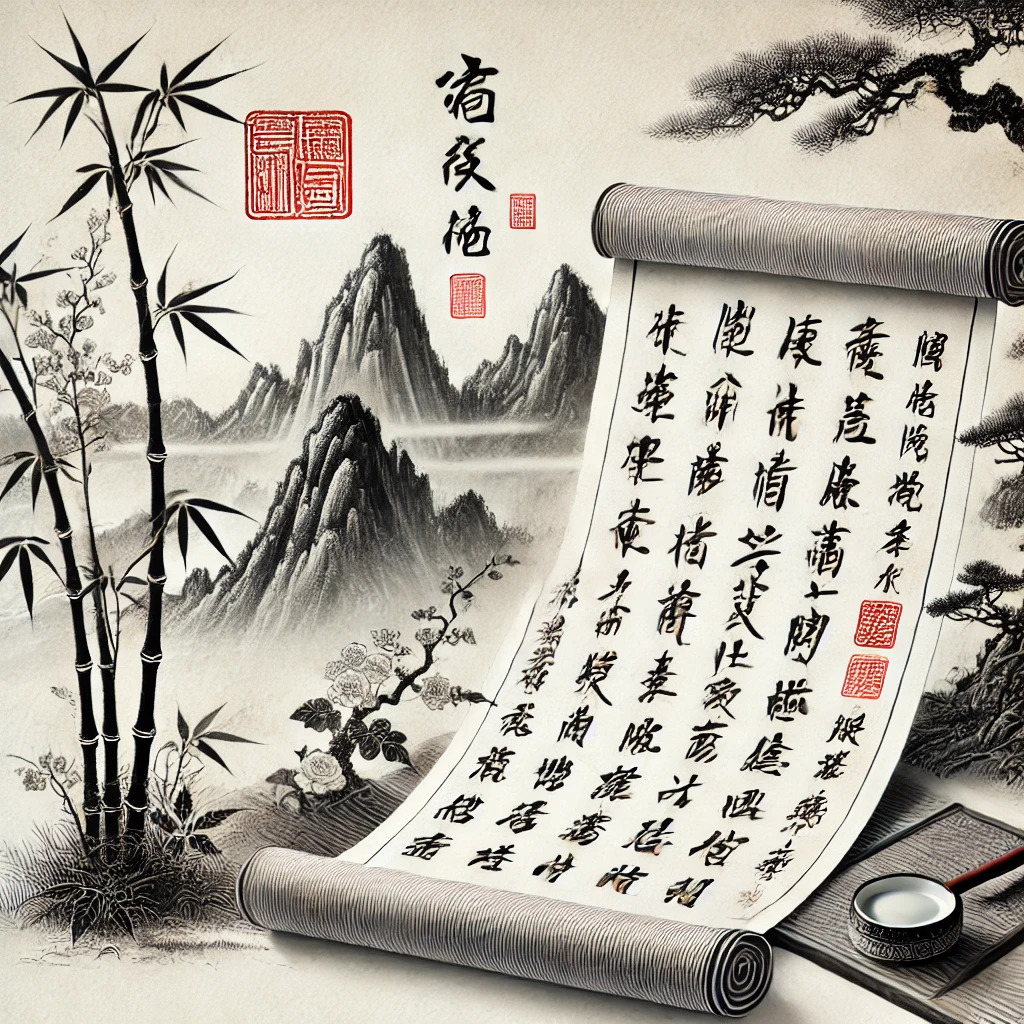English to Traditional Chinese isn’t just about changing characters—it’s about understanding the cultural heartbeat of some of Asia’s most lucrative markets, including Hong Kong, Taiwan, and Macau. Brands that overlook these nuances risk more than mistranslations—they risk damaging their image, alienating audiences, and losing valuable opportunities.

Writing Systems:
Traditional Chinese uses complex logographic characters, where each symbol represents a word, concept, or idea. English, by contrast, uses an alphabetic system, making the structures fundamentally different.
One Simplified Chinese character can sometimes translate into multiple Traditional Chinese characters, or require an entire phrase in English. The additional strokes in Traditional characters also affect font choice, design layouts, and reading speed. A crowded web banner or subtitle line may require adjustments to maintain readability.
What Are the Main Factors That a Translator Should Take into Consideration While Translating?
- Target Audience and Region:
It’s crucial to determine whether the audience is in Mainland China, Hong Kong, or Taiwan. Simplified Chinese is primarily used in Mainland China, while Traditional Chinese is common in Hong Kong and Taiwan. For example, marketing campaigns in Hong Kong may use Traditional characters and Cantonese, while those in Taiwan often pair Traditional characters with Mandarin. For multilingual sites, implement hreflang tags to direct users to the correct language–region version (e.g., zh-Hant-TW for Taiwan, zh-Hant-HK for Hong Kong). See the overview on hreflang for details: https://en.wikipedia.org/wiki/Hreflang - Industry and Specialization:
Translators must be proficient in the subject matter. A technical document for mechanical engineering in Simplified Chinese differs vastly from a legal document in Traditional Chinese. The translator must also understand cultural nuances and jargon specific to the industry. - Content Type:
Subtitling and voice-over work require different approaches depending on the region. For Taiwanese audiences, video captions use Traditional characters, while voice-overs are in Mandarin. In Hong Kong, captions use Traditional characters, but Cantonese is the preferred language for voice-overs.
What Are the Requirements for a Chinese Translator?
- Proficiency in Simplified and Traditional Chinese:
Translators must be fluent in the language variant required by the target market. Traditional Chinese often involves more characters and complexity, making it more time-consuming and demanding. Many translators specialize in one variant to maintain accuracy and efficiency. - Cultural Knowledge:
Understanding cultural nuances is as important as linguistic accuracy. A translator must know how phrases resonate with the audience to avoid embarrassing mishaps, like Apple’s infamous iPhone 7 ad in Hong Kong. The slogan “This is 7” was misinterpreted as “This is Penis” due to the slang meaning of the character 柒 (qi) in Cantonese. Such cultural missteps highlight the importance of localization in translation. - Industry Expertise:
Whether it’s legal, technical, or creative content, translators must possess industry-specific knowledge. This ensures the final translation meets professional standards and aligns with the intended purpose.
The Importance of Target Audience and Localization
Translating between English and Chinese requires much more than linguistic skills—it demands a deep understanding of cultural and regional differences. As the Apple example demonstrates, failing to adapt content to the local audience can lead to unintended humor or confusion.
At the core of successful translation lies an understanding of your audience, the content’s purpose, and the region’s cultural context. Whether it’s Simplified or Traditional Chinese, Cantonese or Mandarin, our professional translators are equipped to deliver high-quality translations tailored to your needs. If you need expert assistance, contact us today to ensure your message resonates with your audience.
Quality Assurance and Review Process
Even the most skilled translators can benefit from a structured review process. For English to Traditional Chinese projects, a two-step workflow is recommended: initial translation by a subject-matter specialist, followed by an edit or proofread from a native speaker in the target region. This ensures not only linguistic accuracy but also cultural appropriateness, tone consistency, and correct use of terminology. For projects involving marketing or legal content, an extra layer of review—such as a style guide check or client feedback loop—helps safeguard brand voice and compliance requirements. If you want your next translation to be accurate, culturally relevant, and ready to publish without extra revisions, reach out to our team for a tailored consultation today.
English to Simplified Chinese or Traditional Chinese – How to Get Both at Lower Costs?
Simplified vs. Traditional Chinese Subtitles – Which One to Use?
Ready to take your English to Traditional Chinese projects to the next level? Contact us today for a tailored consultation and discover how our expert team can deliver accurate, culturally relevant, and fully compliant translations that resonate with your audience.
